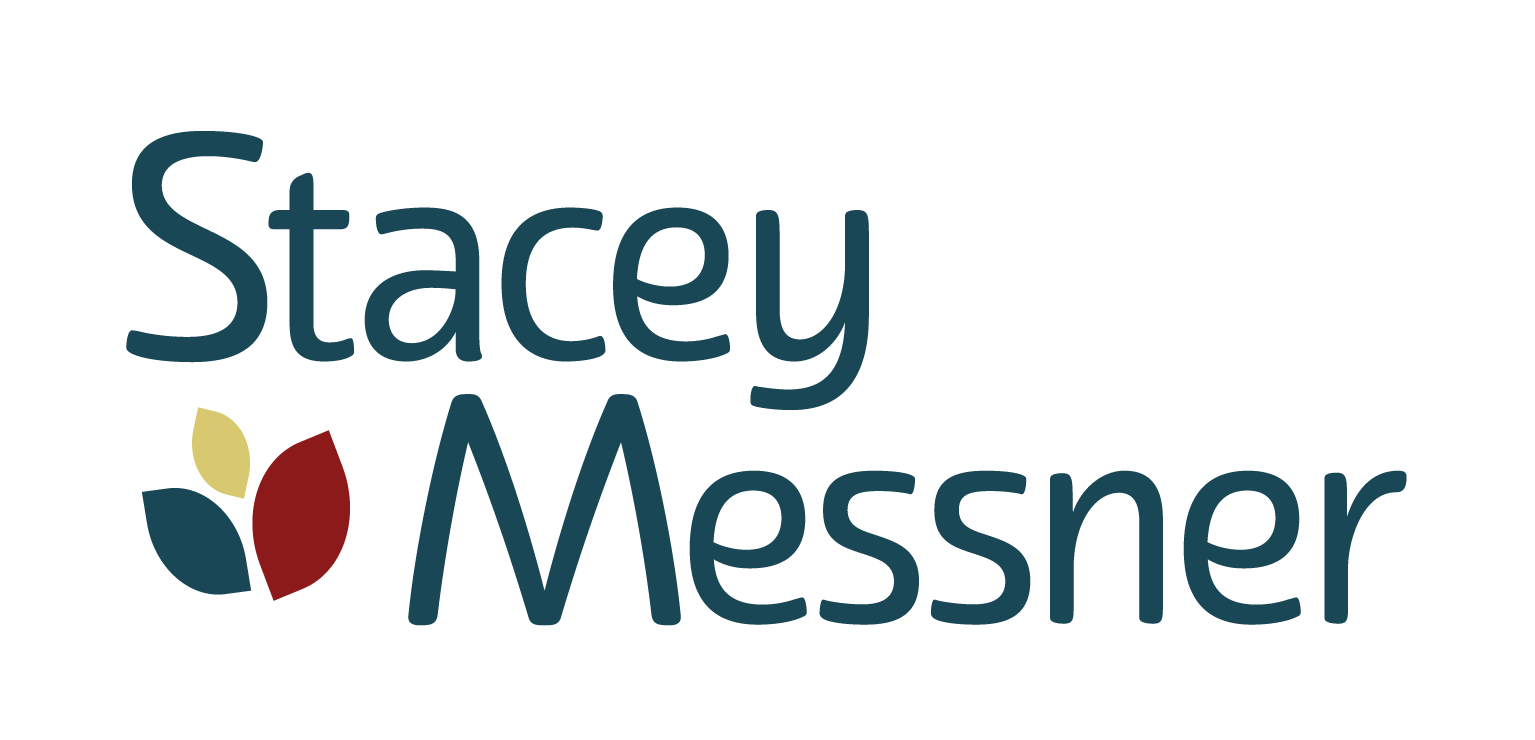Setting the Stage to Resolve Conflict
Sally, an employee, comes to you as her manager with a problem. She is completely frustrated with her co-worker, Harry. He has yelled at her in front of the project team numerous times outlining his dissatisfaction of her efforts. She has tried to address the issue with Harry several times but the conversation always ends with both of them just walking away. She has asked for your help to resolve the issue.
What do you do?
A reasonable solution would be to suggest the employee discuss the issue with the person they are in conflict with. However, since Sally has already tried this approach without success, coordinating a moderated discussion with either yourself or Human Resources may be the answer.
How do you successfully set the stage to mediate this discussion?
One conflict resolution model suggested by the Alternative Dispute Resolution Institute of Alberta (ADRIA) is a great tool to use in situations like the one between Sally and Harry.
Step 1 – Set the Stage
An employee has come to you with a problem and you have decided that the best solution is a mediated discussion. To begin, it is essential to have both employees involved agree to participate in advance of the meeting
To make both employees feel comfortable enough to have a meaningful discussion, arrange a convenient time and place without interruption.
Let the employees know before the meeting what matters are to be discussed. Reassure them that the goal is to talk, explore, and learn, to better understand the issue and come to a resolution
Determine with the employees what the guidelines will be:
- Confidentiality - who needs to be involved or informed?
- Authority - who can make decisions?
- Boundaries - what ground rules will be in place? (i.e. respectful language, no cell phones, personal attacks)
Address these guidelines at the beginning of the meeting to set the stage for the discussion.
Step 2 – Identify the Issues
Each person has a case to present, which is likely seen from their own point of view. Listen carefully to each side, ensuring that the tone remains calm and the language used is respectful. It is important to remain neutral and to not appear to favour one participant over the other.
After listening to each employee’s issue, reframe using neutrally worded issues. By using neutral wording it gives focus as to what needs to be discussed and resolved.
For example, the issue for Sally and Harry might be:
Sally’s Issue Harry’s disrespectful ways of communicating
Harry’s Issue Sally’s inefficient way of completing tasks
Suggested Neutral Wording Sally and Harry’s working relationship
Step 3 – Explore interests and create understanding
Here we identify the needs that each person must have met by the resolution. Interests may be any expression of expectations, assumptions, concerns, hopes, beliefs, fears, or values. When we find ourselves in conflict, our interests determine the position we take and how we see a particular matter being settled or resolved.
These personal and professional interests often speak to the core of who we are, and may come with strong emotions that make it difficult to see another viewpoint. When we find ourselves in conflict these interests shape the position we take and our expectations of what a reasonable solution will be.
Listen carefully to gain an understanding of each person’s perspective and learn what their individual interests are.
For example, the interests for Sally and Harry might be:
Sally’s Interests Being heard, Respect, Contribution
Harry’s Interests Time, Control, Trust
Encourage “I” statements to assert their interests. For example:
“I find it really difficult working here because work doesn’t get done that is supposed to and I am worried about the future of the company. “
Instead of…
“Working here is impossible because no one gets their work done and the company is going down the tubes.”
Sept 4 – Find a resolution
It is very common when in conflict to jump to solutions immediately. Remember that the basis of conflict is that we do not feel heard. If we do not take the time to properly identify the issue or interests as described in Step 1 and 2, the conflict will certainly be unresolved.
When we have ensured fairness for both parties while identifying and understanding the issue and interests, we are ready to move to resolution. It’s time to brainstorm and generate mutually beneficial solutions for all parties involved. Create an action plan and set a date for follow up to ensure the plan is working.
Here’s How I Can Help
If you need to know more about setting the stage to resolve conflict in your workplace, I ‘m your girl! Contact me as my first 30 minute consult is free.

